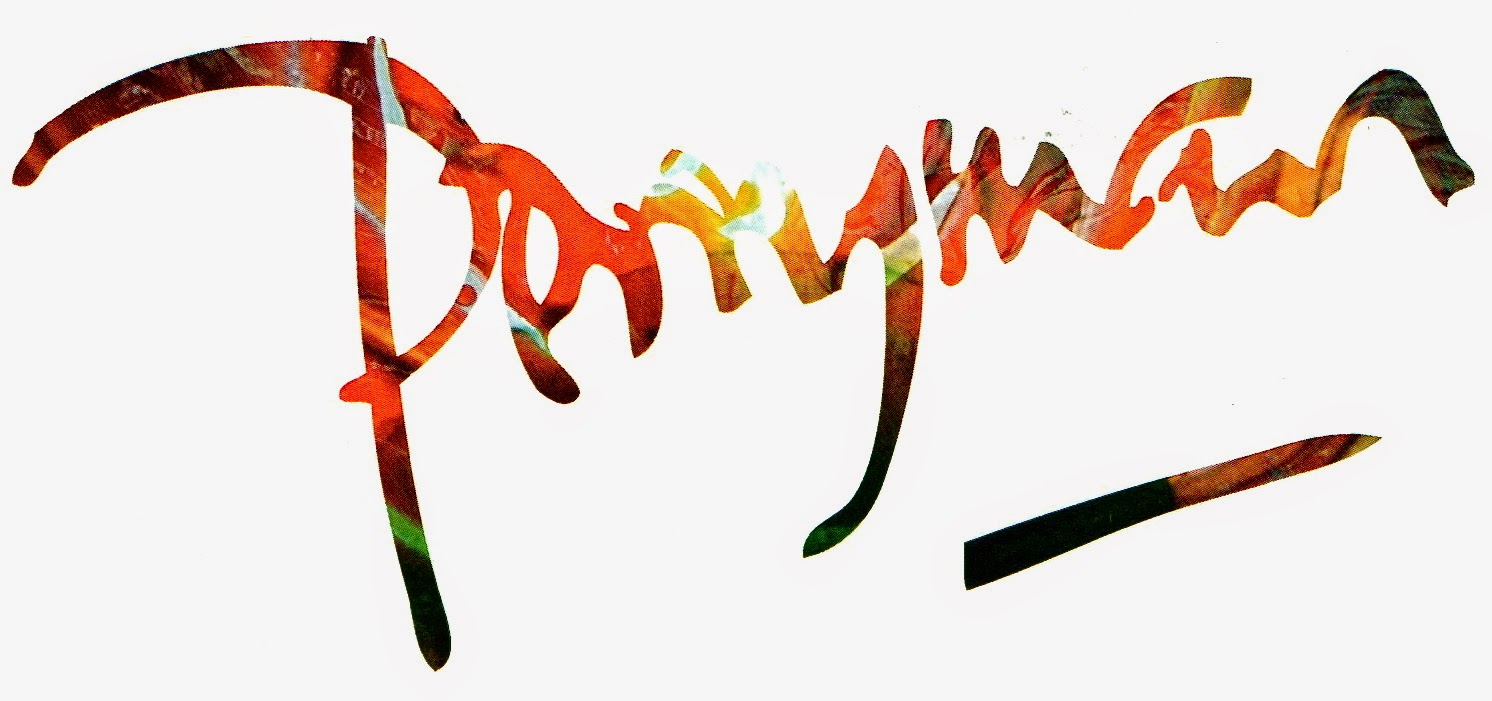All my thanks,Yehudi.
Recalling memories happy or sad, I reflect on those who have played a significant part in my life. One indelible memory is of Friday 12th March, 1999. I’m sitting in a packed Amsterdam Concertgebouw for the evening concert. Maestro Bernard Haitink walks down the long stairway to the stage,
to conduct one of the concerts in honour of his seventieth birthday. However, instead of going to his podium, he goes to a microphone. Strange, there’s something wrong. Bernard is not one for speeches.
“Ladies and gentlemen”, he begins (in Dutch) “today one of the greatest
personalities in the world of music of our century passed away". (Oh no, oh no!) “Yehudi
Menuhin”. An enormous shockwave, a
collective gasp of sorrow, goes through the hall.
Briefly, Bernard pays tribute to Yehudi, then pianist András Schiff (the soloist for the evening) sits down to play a deeply moving fragment of Bach. Never has the Concertgebouw been so silent. When he finishes - the orchestra and audience rise to their feet as one, for a minute of silence, broken only by an occasional muffled sob.
Yehudi Menuhin, watercolour 84 x 56cm., 1991, Birmingham Symphony Hall Collection.
I realise that this temple of music, where Yehudi had so often performed and that for multiple reasons has almost become my second home*, is the only place where I would want to be, at this terribly sad moment.
I met Yehudi in 1963 and he soon became a good friend, one of the first to understand and support my efforts to transpose music into images. I painted him many times - performing in the Gstaad Menuhin Festival, or as soloist in the Chagall Museum in Nice. He would provide opportunities for me to make paintings of him playing with the sitar legend Ravi Shankar (West meets East, 1966), he opened my exhibition at his Festival (1971), he purchased paintings, invited me to join him in an audio-visual recording of Vivaldi's Four Seasons, for French Television (1976) and finally in 1996, he unveiled my huge watercolour Elgar's Dream (inspired by The Dream of Gerontius and commissioned by Robin and Jayne Cadbury) at Birmingham's Symphony Hall. I cherish the amateur recording of this occasion (by the late Will Blagburn), not only because of the priceless comments Yehudi made about my work, but because it was the last time I saw him.
Yehudi unveiling my "Elgar's Dream" (1996)
My final painting of Yehudi (the above 1991 watercolour) was an attempt to somehow bring together many reflections of his unique musical and spiritual wisdom in one watercolour. As one always does, I asked his approval of the result, before it could be made public.
Quite soon afterwards, a miserable grey morning in my Amsterdam studio was suddenly illuminated, with a message on my answering machine: “Norman, it’s just Yehudi, to tell you that I love the painting… it’s one of the best portraits that have been made of me…all my thanks”. On other "grey" days in my studio (all artists have them), I can still hear his voice and I take courage. Yehudi, my dearest thanks to you, for your ongoing inspiration.
________________________________________________
* I've often performed my lyrical abstract painting live to music in the Amsterdam Concertgebouw (sometimes working there at night to set up my gear); I've also spent hours there sitting behind the orchestra to make sketches for my paintings of Haitink, Chailly, Kreizberg, Giulini, Solti; I had a small exhibition there in 1978; my late partner the cellist Vivian King played there with the Netherlands Philharmonic & Chamber Orchestra; both my sons have worked there. Ah yes, it's a very convenient 15 minute walk from my home.































